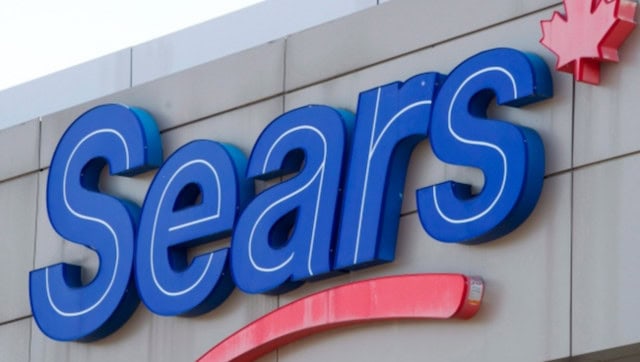
Sears has won a reprieve in a desperate attempt to stave off its own demise.
The company’s largest shareholder and chairman, Eddie Lampert, won a bankruptcy auction in New York, according to a source familiar with negotiations. The person agreed to speak on condition of anonymity because they were not authorized to discuss the negotiation publicly.
Lampert had upped his bid to more than $5 billion in recent days.
Lampert, who steered the company into bankruptcy protection may be able to keep the roughly 400 remaining Sears stores open, which would mean tens of thousands of jobs are saved, at least for now.
Whether Sears, founded 132 years ago, can survive in the era of Amazon remains questionable.
Sears filed for Chapter 11 bankruptcy protection in October. At that time, it had 687 stores and 68,000 workers. At its peak in 2012, its stores numbered 4,000.
Lampert says there’s still potential for the company even as it struggles to compete not only with Amazon, but Walmart, Target and dollar stores that have carved out their own niche.
Under Lampert, Sears has survived by spinning off stores and selling brands that had grown synonymous with the company, like Craftsman. Lampert has loaned out his own money and cobbled together deals to keep the company afloat, though critics said he has done so with the aim of benefiting his ESL hedge fund.
Four years ago the company created a real estate investment trust to extract revenue from the enormous number of properties owned by Sears. It sold and leased back more than 200 properties to the REIT, in which Lampert is a significant stake holder.
Lampert personally owns 31 per cent of the Sears’ outstanding shares and his hedge fund has an 18.5 per cent stake, according to FactSet. He stands to realize a big tax gain keeping Sears alive, using the company’s years of net operating losses to offset future taxable income if one of his other companies takes over the chain, says David Tawil, president and co-founder of Maglan Capital, which follows distressed companies.
Tawil and others believe Lampert wants to be in full control of liquidating Sears’ assets, including real estate.
Lampert combined Sears with Kmart in 2005, about two years after he helped bring Kmart out of bankruptcy. He pledged to return Sears to greatness, but that never happened.
The company, hammered during the recession and outmatched in its aftermath by shifting consumer trends and strong rivals, hasn’t had a profitable year since 2010 and has suffered 11 straight years of annual sales declines. Lampert has been criticized for not investing in the stores, which remain shabby. .


